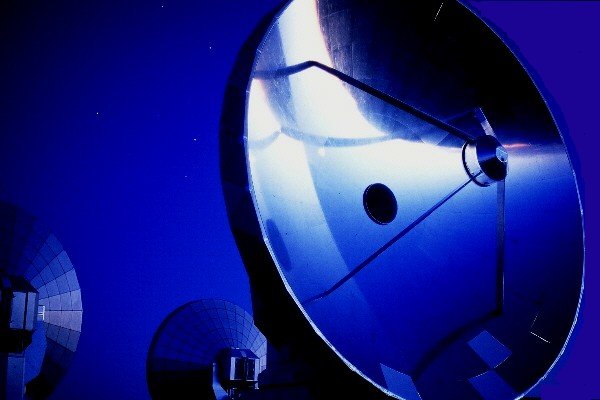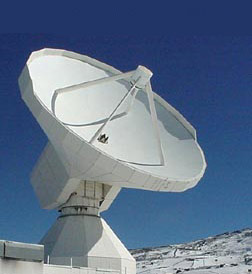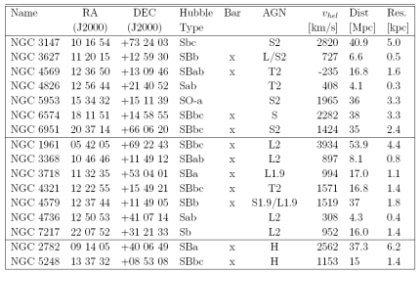To systematically tackle the issue of nuclear fueling, the IRAM key project NUclei of GAlaxies (NUGA, P.I.: S. García-Burillo and F. Combes; see García-Burillo et al. 2003) was established, and later on extended to the outer disks (HI-NUGA) using the VLA.
For a carefully selected sample of nearby AGNs covering all stages of nuclear activity (Seyferts - LINERs - starbursts), the (molecular) gas kinematics at 1mm and 3mm have been imaged with maximum angular (0.5′′) and spectral resolution (3 - 6 km/s) using the IRAM Plateau de Bure mm-interferometer (PdBI).
In addition, a representative subset of NUGA galaxies with CO-data has been complemented with VLA observations of the atomic gas (HI). The combined HI+CO data allows the first systematic study of gas kinematics covering scales from a few tens parsec to the outer few tens kiloparsec. Mapping the various spatial scales of the different instabilities (HI: outer, CO: inner) is essential as the instabilities might decouple, and thus prevent further inflow. A key question arising from these unique dataset is whether the central dynamical characteristics, and thus the nuclear activity, depend on the host galaxy properties.
The imaging of different CO lines provides information about the dynamics and distribution of the molecular gas and thus the knowledge about the internal properties of the gas as well as its excitation in galaxy centers. The (molecular) gas kinematics at 1mm and 3mm have been imaged with maximum angular (~0.5'') and spectral resolution (3-6km/s) using the Plateau de Bure mm-interferometer (PdBI).
Detections of other molecules besides CO like HCN in these galaxies unveil denser gas regions improving thus knowledge about the distribution of the gas but also excitation conditions and abundances of the elements.
Observations of the 21 cm line emission of neutral HI gas with high spatial and spectral resolution is neccessary to cover the large regions spanning from the outskirts to the centers of galaxies. Since the HI gas is much more loosly bound in the outer region due to the decrease of the gravitational potential, it provides an ideal tool to identify interactions with nearby companions and tidal features. Furthermore, due to its dissipative nature the gas is much more sensitive to dynamical disturbances, both internal ones such as non-axisymmetric potentials or external ones such as tidal interactions.
A total of about 30 nearby (mainly) Seyfert and LINER galaxies were selected based on the following criteria:
- The 12CO(1-0) emission in the nuclei of all galaxies has been detected in single dish surveys made at FCRAO, NRO and/or IRAM.
- Galaxies are close enough to have a high spatial resolution in pc, namely Vsys < 2000 km/s; typical spatial scale ranges from 1"=30pc-100pc.
- Inclinations lie between 30 and 60 degree which enables the study of velocity fields and gas morpohology. Declination of galaxies are generally > 10 degree in order to allow for round beams of several pc.
- Optical and/or NIR high resolution images either with HST or ground-based telescopes are available for all galaxies in the sample.
For our detailed HI study (HI-NUGA), 16 nearby AGN galaxies drawn from the NUGA sample were observed in their 21 cm line emission of neutral HI gas using the NRAO Very Large Array (VLA) interferometer in its C- and D-array configuration (~20′′ angular and ~5.2 km/s spectral resolution). The spiral galaxies in this sample range in Hubble type from Sa to Sbc. The inclusion of recently obtained VLA B-array data will provide ~7′′ resolution for more than half of the HI-NUGA sample. All galaxies (except NGC 5248) have also CO observations from the PdBI with a maximum angular (~0.5'') and spectral resolution (3-6km/s).
|




